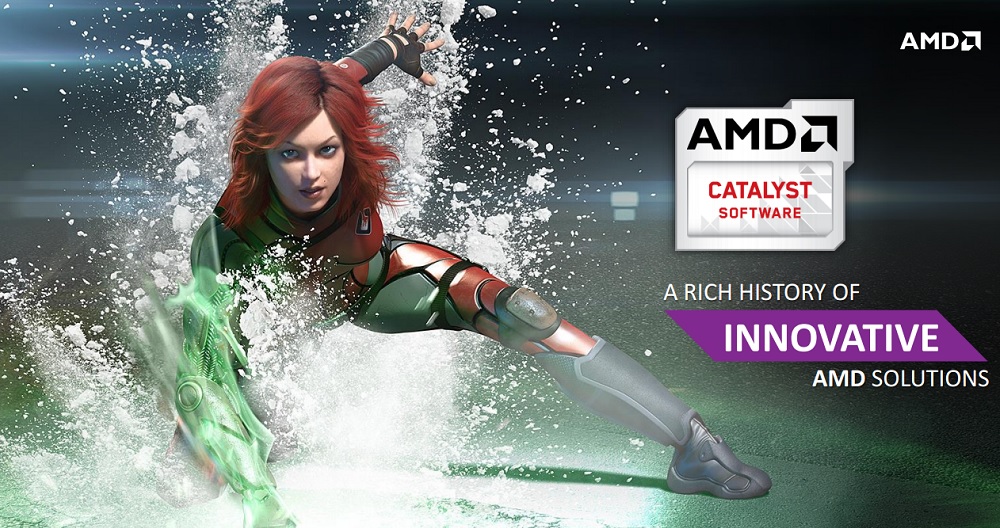Advanced Micro Devices is releasing a new version of its Catalyst graphics driver that improves the gaming experience for owners of AMD graphics cards. The move shows that the Sunnyvale, Calif.-based AMD, one of the largest makers of graphics chips, can improve the experience of gamers using software improvements rather than hardware changes alone.
The free Catalyst Omega driver is a special edition of the driver software that has 20 new features and fixes in the latest version, which has been downloaded more than 80 million times to date. One of the biggest improvements is downsampling, or rendering a game for the best possible display and then making it fit on the user’s actual display. Owners should notice a 19 percent overall performance improvement with AMD Radeon graphics cards and up to 29 percent performance improvements on AMD’s accelerated processing units (APUs).

Unlock premium content and VIP community perks with GB M A X!
Join now to enjoy our free and premium membership perks.
![]()

![]()